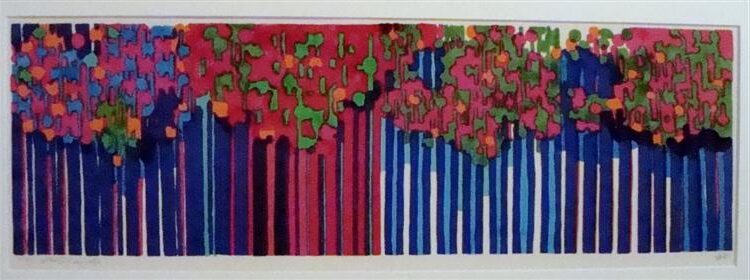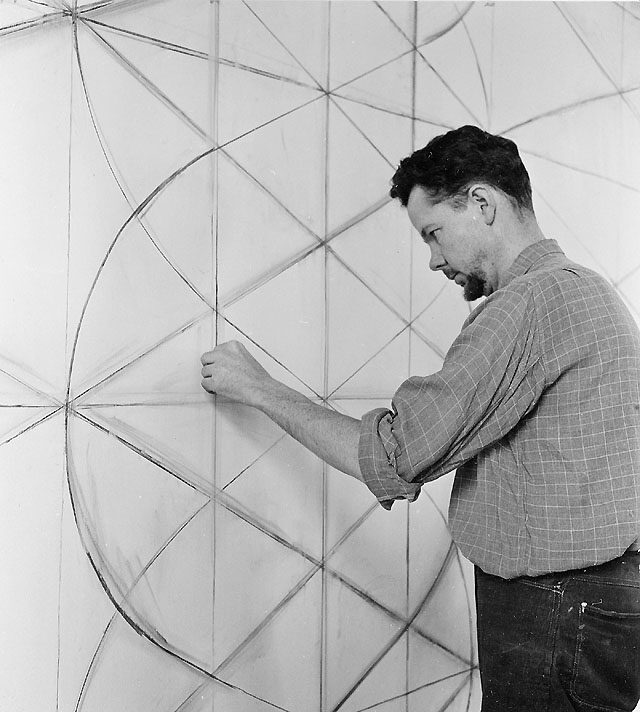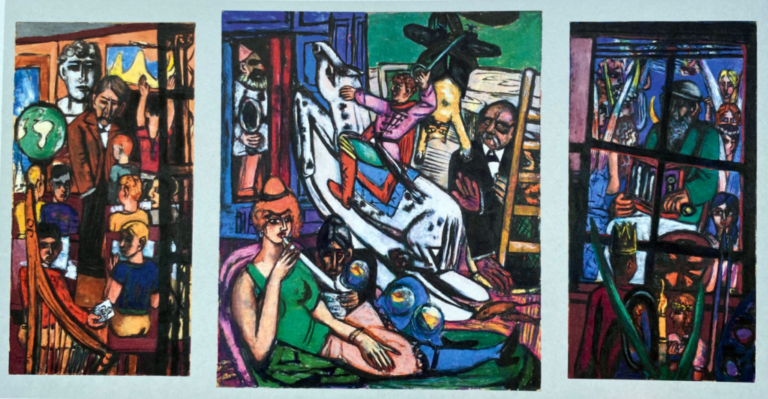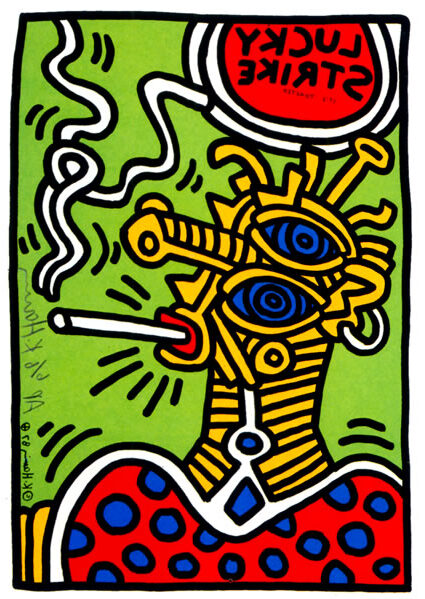Lennart Rodhe Painter: The Swedish Modernist Who Redefined Abstract Art
Born: November 15, 1916, Stockholm, Sweden
Death: January 17, 2005, Stockholm, Sweden
Art Movement: Naturalism, Expressionism
Nationality: Swedish
Teacher: Peter Rostrup-Boyesen i Copenhagen
Institution: Royal University College of Fine Arts and Edward Berggrens Studio
Lennart Rodhe Painter: The Swedish Modernist Who Redefined Abstract Art
Lennart Rodhe: A Legacy in Art
Lennart Rodhe (1916-2005) established himself as one of Sweden’s most influential modernist painters. His artistic journey evolved through several distinctive phases, marking significant contributions to Swedish art.
Personal Background and Early Influences
Born in 1916 in Sweden, Rodhe developed his artistic sensibilities during a transformative period in European art. His formative years coincided with the emergence of modernist movements across the continent.
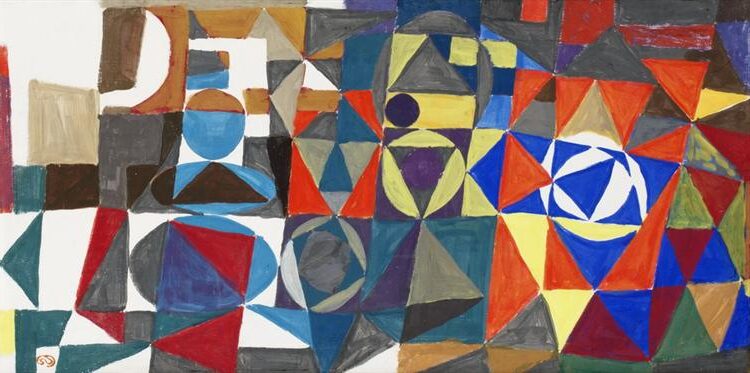
Variations I, 1948, by Lennart Rodhe
As a young artist, Rodhe showed remarkable talent for visual expression. His education at the Royal University College of Fine Arts in Stockholm provided him with technical foundations while exposing him to contemporary artistic theories.
Early in his career, Rodhe focused on still lifes and self-portraits, demonstrating his technical proficiency while developing his unique visual language. These works, though less known than his later abstractions, reveal his meticulous attention to form and composition.
Artistic Style and Development
Rodhe’s artistic breakthrough came in 1947, marking his transition into Sweden’s modernist movement. His style evolved from representational works toward increasingly abstract compositions characterized by geometric precision.
His paintings feature bold color relationships and dynamic spatial arrangements. Rodhe developed a distinctive approach to composition that balanced mathematical precision with expressive elements.
Color theory became central to his practice. Rodhe often employed contrasting hues to create visual tension and movement across the canvas.
His work reflects influences from constructivism and concrete art while maintaining a uniquely Swedish sensibility. Throughout his career, he continued to refine and evolve his artistic language while maintaining his commitment to formal exploration.
Major Exhibitions and Galleries
Rodhe’s work has been featured in numerous key galleries and museums, including Bonniers Konsthall in Sweden. His paintings appear in major public collections throughout Scandinavia, cementing his status in Nordic modernism.
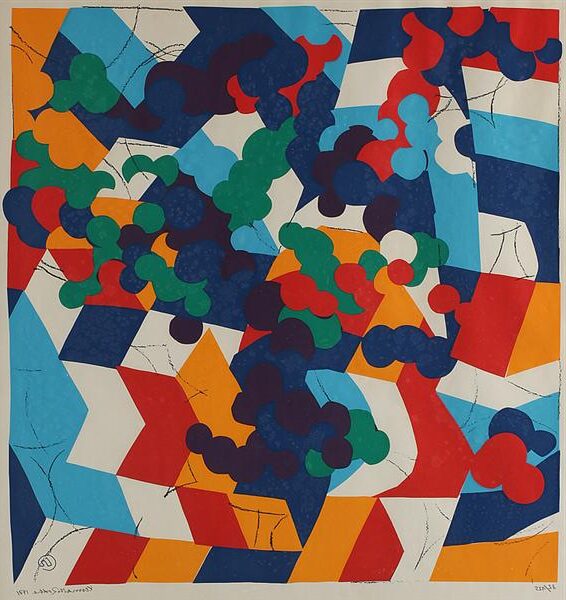
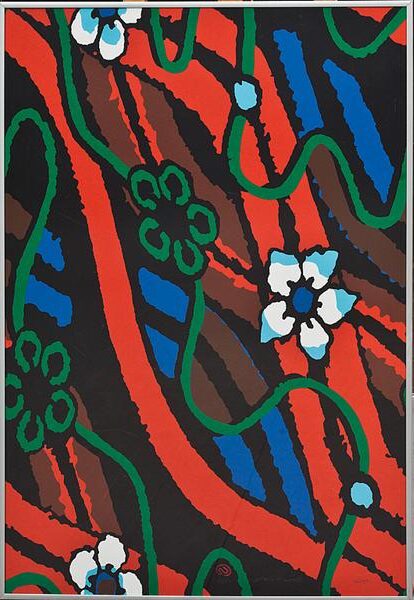
His contributions to Swedish art were recognized during his lifetime through exhibitions, awards, and his influential teaching position at the Royal University College of Fine Arts in Stockholm. As a professor, he shaped a generation of Swedish artists.
Art auction houses regularly feature Rodhe’s work, with 393 artworks documented in sales records. His market presence continues decades after his death, demonstrating his enduring appeal to collectors and institutions.
Recent retrospectives have renewed interest in Rodhe’s contributions to modernism, highlighting his role in developing Sweden’s distinct artistic identity in the post-war period.
Impact on and Contributions to Modern Art
Lennart Rodhe emerged as a pivotal figure in Swedish modernism through his innovative approach to geometric abstraction and his influential teaching position. His work bridged traditional and contemporary art forms while helping to democratize art in post-war Sweden.
Influence on Contemporary Artists
As a professor at the Royal University College of Fine Arts in Stockholm, Rodhe shaped an entire generation of Swedish artists. His teaching methods emphasized spatial relationships and geometric principles, encouraging students to explore new visual languages.

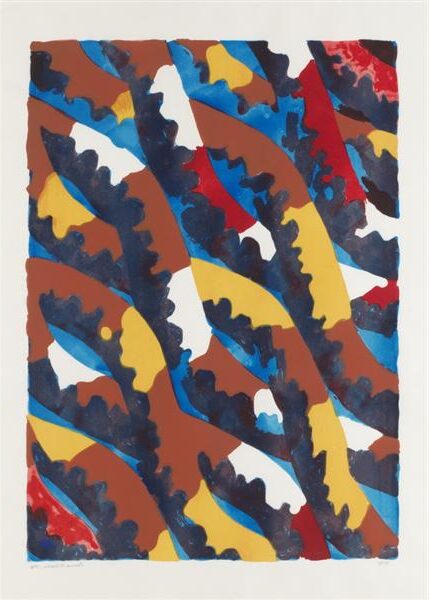
The triangle motif he developed in 1948 became particularly influential, showing how simple forms could create complex spatial effects. Many of his students adopted this analytical approach to composition.
By 2005, retrospectives of his work in Stockholm galleries demonstrated his lasting impact on Scandinavian art. Young artists continued to reference his techniques in their own explorations of space and movement.
Notable Works and Artistic Achievements
Rodhe’s post-war works stand among his most significant contributions to modern art. His experiments with triangular forms in the summer of 1948 represented a breakthrough in depicting movement and space using minimal geometric elements.

Komposition, 1972, by Lennart Rodhe
He helped transform how art reached the public in Sweden. The search results note that after World War II, “art was seen as a positive social influence,” and Rodhe participated in initiatives to “spread good art to the general public in the form of prints.”
His paintings appeared in major Stockholm galleries and public spaces, making modernist ideas accessible to everyday viewers. This democratization of art aligned with the post-war spirit of renewal.
Rodhe’s ability to balance formal experimentation with public accessibility made him one of Sweden’s most respected modernist painters.
Frequently Asked Questions
Lennart Rodhe stands as one of Sweden’s most influential painters of the 20th century, with a distinctive artistic approach and significant contributions to modern art. His work spans decades of artistic development and can be found in prestigious collections worldwide.
What artistic movement is Lennart Rodhe associated with?
Lennart Rodhe is primarily associated with the Swedish Concretist movement. He became a key member of this modernist group in the 1940s alongside artists like Olle Baertling and Karl-Axel Pehrson.
The Concretists focused on non-figurative art with geometric forms, vibrant colors, and rhythmic compositions. This approach represented a significant shift in Swedish art toward abstraction.
Rodhe’s work also shows influences from Cubism and Surrealism, particularly in his earlier pieces. His connection to these movements helped shape the development of modernism in Swedish art history.
Can you outline the evolution of Lennart Rodhe’s painting style throughout his career?
Rodhe’s artistic journey began with figurative painting in the late 1930s. His early works featured landscapes and human figures with a strong focus on solid construction and composition.
In the 1940s, he transitioned toward abstraction through the Concretist movement. This period marked his experimentation with geometric shapes, bold colors, and mathematical precision.
By the 1950s, Rodhe developed what he called “pictorial architecture” – complex compositions with layered planes and spatial depth. His mature style balanced geometric abstraction with organic elements and rhythmic patterns.
Later works in the 1960s-70s showed increased interest in color theory and optical effects. Rodhe continued refining his distinctive style until his death in 2005, maintaining his commitment to visual clarity and structural integrity.
What are some of Lennart Rodhe’s most significant works and their impact on modern art?
“The Hunter” (1947) stands as one of Rodhe’s breakthrough pieces, demonstrating his transition from figuration to abstraction. This painting helped establish his reputation in the Swedish art scene.
His large-scale public commission “Paket i långa banor” (1952) for the Stockholm Central Post Office showcases his ability to integrate abstract art into public spaces. This work brought modernist aesthetics to everyday environments.
“Red Orchestra” (1954) exemplifies Rodhe’s mature style with its rhythmic composition and vibrant color harmonies. Art historians consider this piece crucial in understanding Swedish modernism’s development.
Rodhe’s “Composition in Blue and Yellow” (1960) reflects his mastery of color theory and geometric abstraction. This work influenced younger generations of Nordic abstract painters through its balance of emotion and intellect.
How did Lennart Rodhe’s background and personal life influence his artwork?
Born in Stockholm in 1916, Rodhe’s upbringing in urban Sweden shaped his interest in architectural structures and geometric forms. The city’s modern development during his formative years influenced his visual language.
His studies at the Royal Swedish Academy of Fine Arts provided technical foundation, while his travels through Europe exposed him to international modernist movements. These experiences broadened his artistic vision.
Rodhe’s teaching position at the Academy from 1947 to 1976 informed his systematic approach to art. The discipline required for education reinforced his methodical exploration of visual problems in his own work.
His friendship with fellow artists in the “Men of 1947” exhibition group created an intellectual environment that encouraged artistic innovation. These collaborative relationships pushed his artistic development throughout his career.
Which museums or galleries feature Lennart Rodhe’s paintings in their collections?
The Moderna Museet in Stockholm holds the largest collection of Rodhe’s works. Their permanent exhibition includes key paintings spanning his entire career.
The National Museum of Sweden features several significant Rodhe paintings, including early figurative works and mature abstract compositions. These pieces demonstrate his artistic evolution.
Gothenburg Museum of Art maintains an important collection of Rodhe’s 1950s works. Their curated selection shows his contribution to geometric abstraction in Scandinavian art.
Internationally, the Museum of Modern Art in New York and the Tate Modern in London include Rodhe’s paintings in their collections of global modernism. His presence in these institutions confirms his international significance.
What critical reception did Lennart Rodhe’s work receive during his lifetime?
Initially, Rodhe’s abstract work faced resistance from traditional Swedish art critics in the 1940s. Many viewed his geometric approach as too radical and disconnected from national artistic traditions.
By the 1950s, critical opinion shifted dramatically. Art historians recognized Rodhe as a pioneering figure in Swedish modernism, praising his technical precision and innovative compositions.
Rodhe received numerous prestigious awards, including the Prince Eugen Medal in 1958, confirming his elevated status in Nordic art. Critics particularly valued his ability to balance intellectual rigor with visual appeal.
International recognition came through exhibitions in Paris, London, and New York during the 1960s. Foreign critics noted how Rodhe’s work represented a distinctive Scandinavian interpretation of geometric abstraction.

